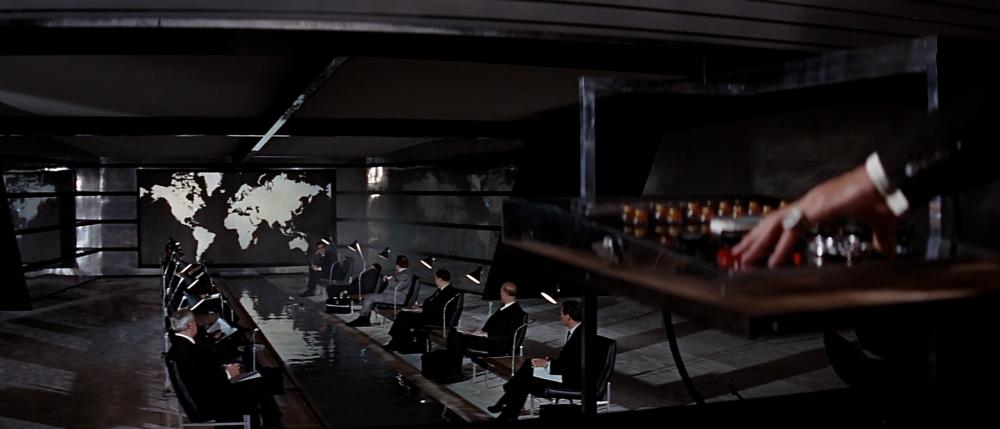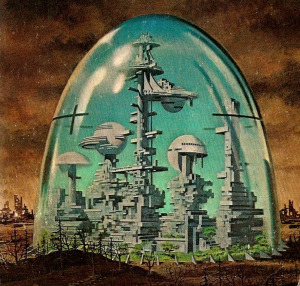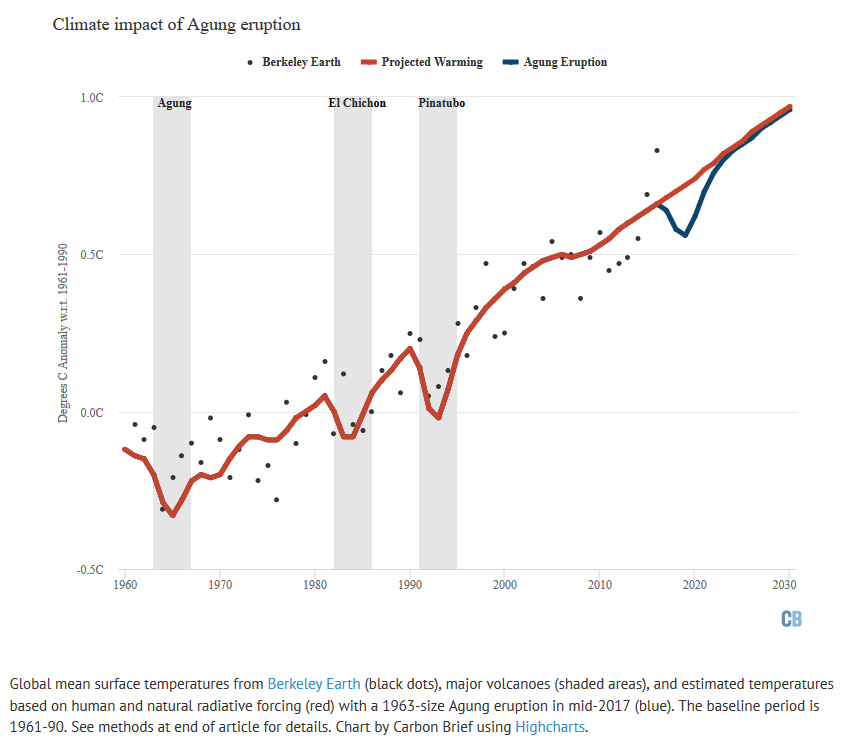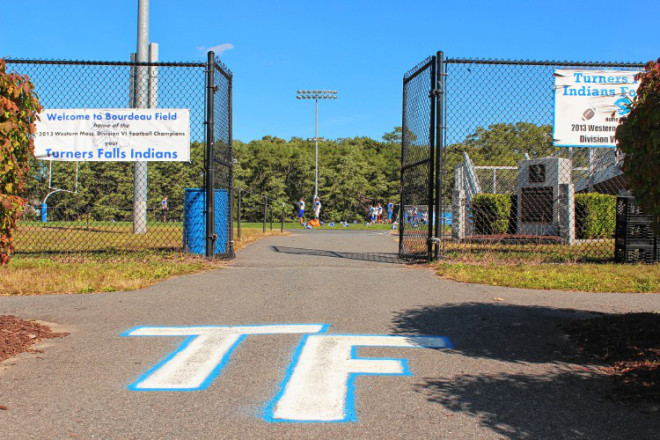“If there’s a world catastrophe caused by a supervolcano, then it means that our human disaster, our own big crime against the sky, was just too small to count. Maybe we did our worst as human beings, but we were too small to matter.” ~ The Caryatids
News of the volcano, Mount Agung, erupting for the second time that week prompted a Twitter post, a quick elaboration of our hypothetical game simulating the ruin – or restoration – of the world.
World R U I N example: livestream of Mount Agung volcano with displays estimating sulfate aerosols (SO2) released (in millions of tons) & projected cooling effect.
— m1k3y (@m1k3y) November 26, 2017
In addition to this live video, there’s live seismogram data to display alongside it… for maximum apocalyptic data visualisation!
 Thunderball
Thunderball
tfw ur sketching out a Bond Villain display for eco-terrorists… or world saviours.
–
Alert! A new volcano has erupted into your timestream!
Click here to zoom in for live coverage & dataviz, then follow its projected effects…
–
To see what might happen should the situation at Mount Agung escalate further, replay the events of some 25 years ago…
Mount Pinatubo’s eruption on June 15, 1991 – “the second-largest volcanic eruption of the 20th century” – meant that “global temperatures dropped by about 0.5 °C in the years 1991–93, and ozone depletion temporarily increased substantially.”
 Dean Ellis (via 70s Sci-Fi Art)
Dean Ellis (via 70s Sci-Fi Art)
A decrease in global temperatures of 0.5°C sounds inconsequential until we remember that an increase of 2°C – compared to pre-industrial levels – is projected to result in full climate chaos doom by the end of the century. That the 2015 Paris agreement is an attempt to halt overall global warming at 1.5°C, preventing the realisation of this worst-case scenario.
That what we’re trying avert is a planet undergoing complete ecological collapse. The world underneath us, gone.
Mount Pinatubo caused sea levels to drop by 6mm, confusing scientists whose models suggested an acceleration in the rate at which global warming would have the oceans eat away at the world’s coastlines.
Maybe a volcanic eruption here or there could help even things out? So long as it’s not a supervolcano… because that could be game over, man.
Better yet, what if we could control it? Engineering the cooling effects without the accompanying devastation of a volcanic eruption via the controlled release of sulphur into the atmosphere.
Global dimming in a warming worldThe cooling effect caused by these tropical volcanoes’s ejection of sulphur high into the atmosphere is known as global dimming.
The sulphur turns into sulphur dioxide (SO2), reflecting incoming sunlight back into space, heating up the stratosphere but cooling everything below it.
Not all volcanoes eject sulphur high enough to affect the world. The eruption has to send it at least 15 km into the sky.
In time they dissipate, and – on a planet where CO2 levels continue to rise – this only masks the escalating ruination of the planet.
It’s like dropping an ice cube into a pot of water boiling on the stove.
Source: Earther.com
The respite this brings in an ever-warming world is temporary.

The above chart – a screenshot of the interactive graph from Analysis: How could the Agung volcano in Bali affect global temperatures? – details the impact the three major volcanic eruptions of the 20th Century had on global temperature rises.
This projection, which is based on the historical relationship between volcanic eruptions and temperature, suggests that an Agung eruption would reduce global temperatures between 0.1C to 0.2C in period from 2018 to 2020, with temperatures mostly recovering back to where they otherwise would be by 2023.
That analysis estimates a repeat of Mount Agung’s 1963 eruption would buy the world five years before things went back on track to full climate chaos doom, as if nothing had happened… Or this could be treated like a momentary peace during wartime, an opportunity to further encourage efforts at reductions in the overall global temperature.
 I’m a bit sad this is no longer sold on Think Geek.
I’m a bit sad this is no longer sold on Think Geek.
And this is the point of our thought-experiment/theoretical game, World R U I N:
to demonstrate the urgency around reducing CO2 emissions.
To be a call to action.
A player’s meticulously managed pocket world. Their carefully thought-out plans to repair – or ruin – the planet thrown into chaos by some angry mountain with its own agenda… or saved by it.
A simulation that can be successively improved upon, updated to match the latest scientific findings.
Thorne and his colleagues published a timely study in Nature Climate Change about the need to improve how scientists model volcanoes in future climate simulations. Most models keep stratospheric cooling from volcanoes as a constant hum in the background, which isn’t how volcanoes work.
Source: Earther.com
What modelling the impact of volcanic eruptions on the climate introduces is a way to comprehend the time delays – and scales – that are so often a feature of its functioning.
Nothing is instant.
The injection of sulphur into the atmosphere takes months to disperse around the planet before it starts to have a cooling effect and, as noted, years to dissipate.
Understanding this helps reinforce how increasing – or decreasing – carbon emissions changes global temperatures.
In a society so often fixated on the moment, it can be an adjustment to comprehend planetary mechanisms that operate on time scales of decades or centuries.
The world we live in is, for better or worse, something we’ve inherited.
The actions we take, the choices we make, are a gift to – or curse upon – future generations.
In the past, volcanoes wrecked havoc upon civilisations with no knowledge of the cause of their suffering.
We have an understanding they lacked, and with it the responsibility to make better choices
And to encourage others to do the same.
If that amounts to a game that for many serves only as an engaging distraction from the purely human problems of the world – which is both ironic and tragic – while providing the inspiration to act for those rare few.
Those few who, as a result, see the world, its future, and their place in it with a clarity only possible today.
Maybe that can still make all the difference?
[to be continued…]
Advertisements Share this:




